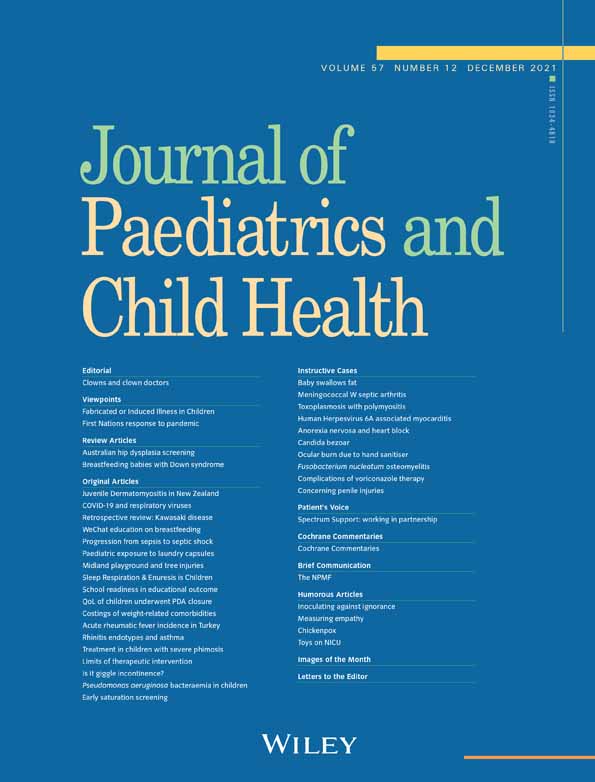COVID-19 public health measures and respiratory viruses in children in Melbourne
Conflict of interest: None declared.
Abstract
Aim
To describe the epidemiology of respiratory viruses in children before and during the 2020 SARS-CoV-2 pandemic and the relationship to public health measures instituted by the Victorian government.
Methods
Retrospective audit of respiratory viruses at a tertiary paediatric hospital in Melbourne from January 2015 up to week 47, 2020 in children under 18 years of age. The proportion of positive cases in weeks 1–47 in 2015–2019 (period 1) were compared to weeks 1–47, 2020 (period 2), and reviewed in the context of public health restrictions in Victoria.
Results
An annual average of 4636 tests were performed in period 1 compared to 3659 tests in period 2. Proportions of positive influenza A virus, influenza B virus, respiratory syncytial virus (RSV) and human parainfluenza virus were significantly reduced in period 2 compared to period 1: 77.3, 89.4, 68.6 and 66.9% reductions, respectively (all P < 0.001). From week 12–47, 2020, 28 893 SARS-CoV-2 tests were performed with a 0.64% positivity rate. Influenza viruses were not detected after week 17, RSV was not detected after week 35.
Conclusions
Strict public health measures and border closures were successful in eliminating community transmission of SARS-CoV-2 in Melbourne. This was associated with a significant reduction in other respiratory virus infections in children. Identifying sustainable and effective ongoing public health interventions to reduce transmission of RSV and influenza could result in reduced morbidity and mortality in children and requires further research.




